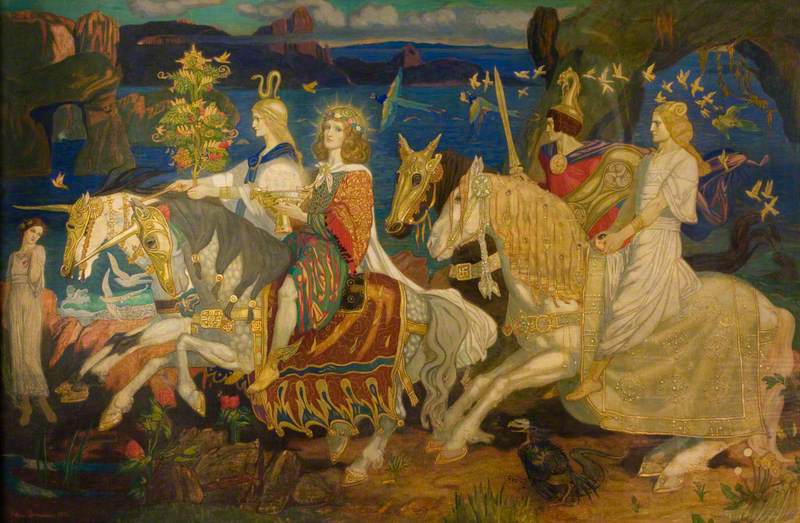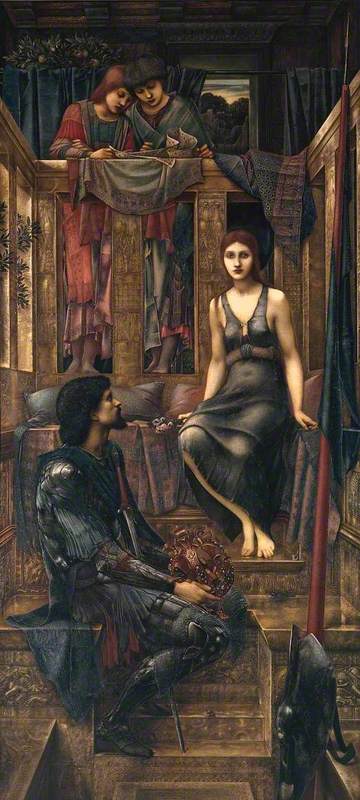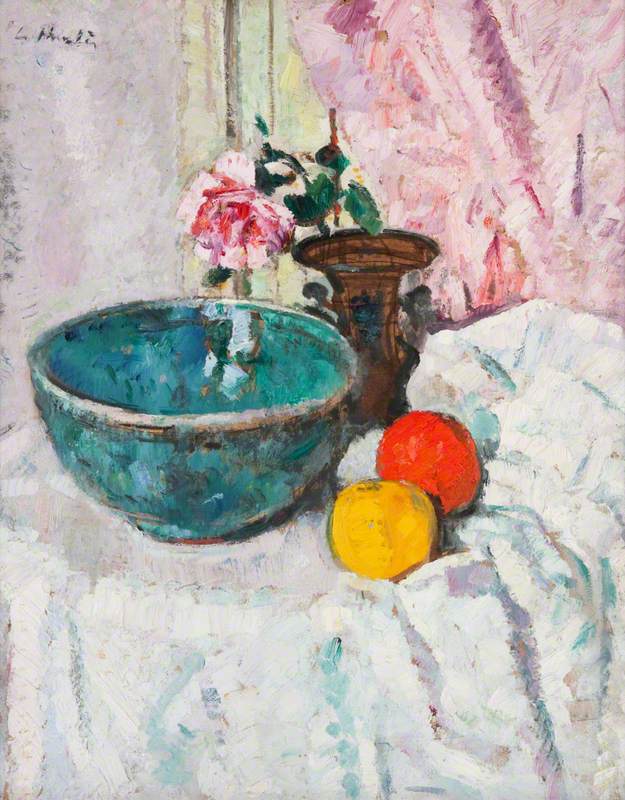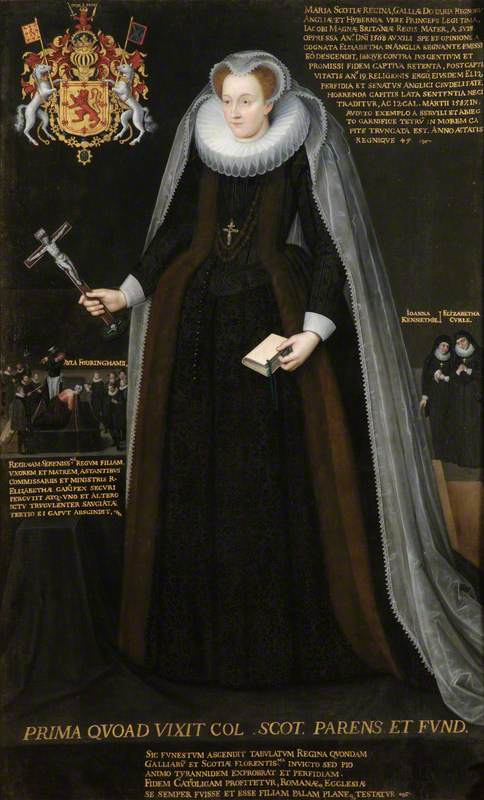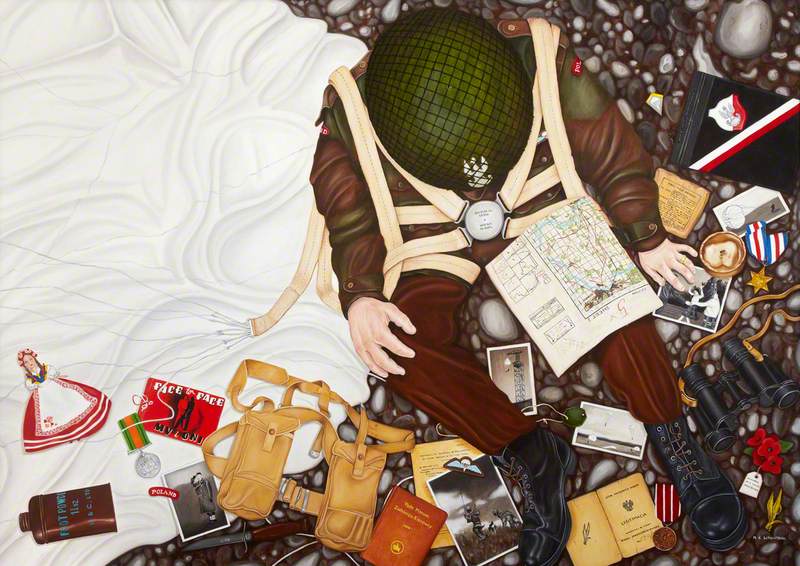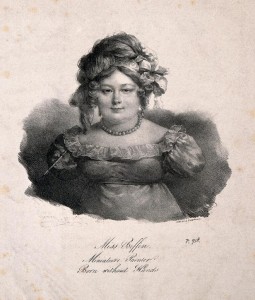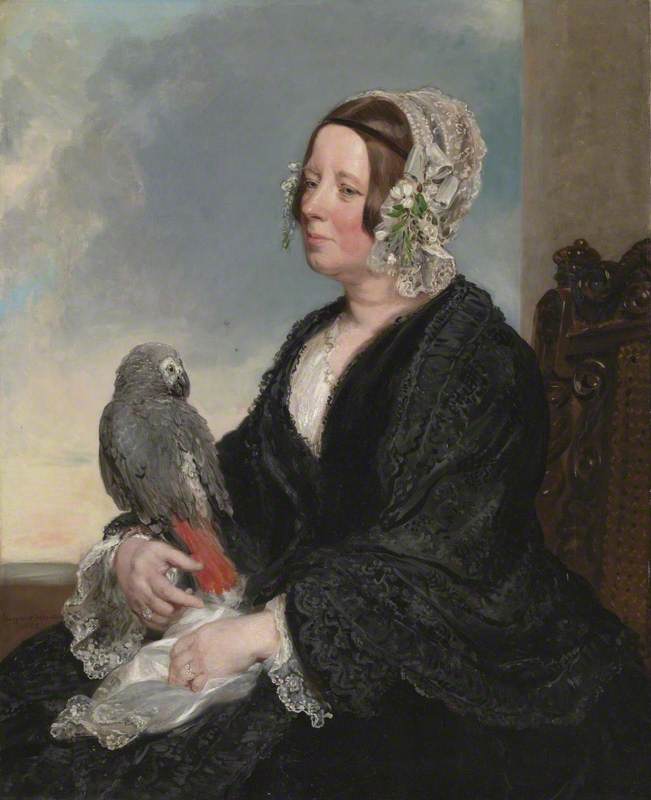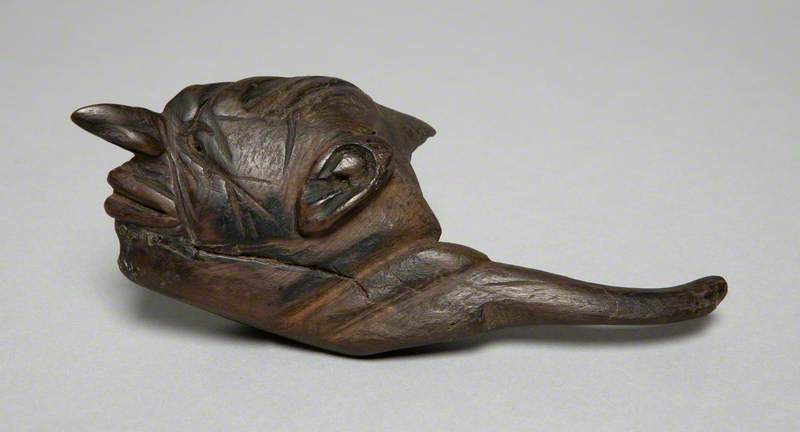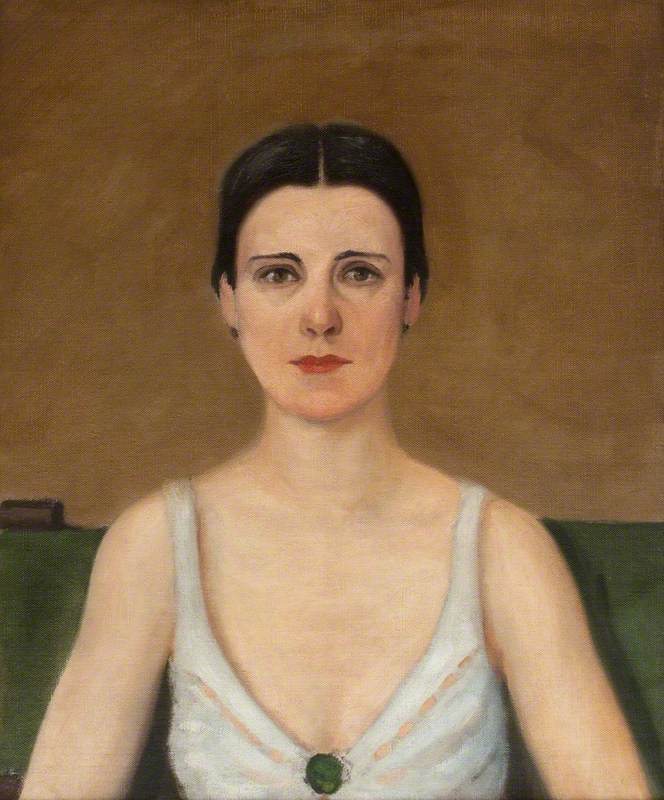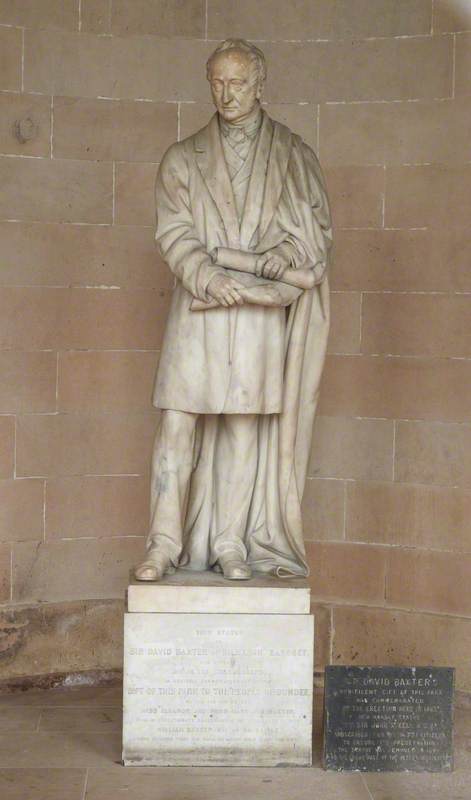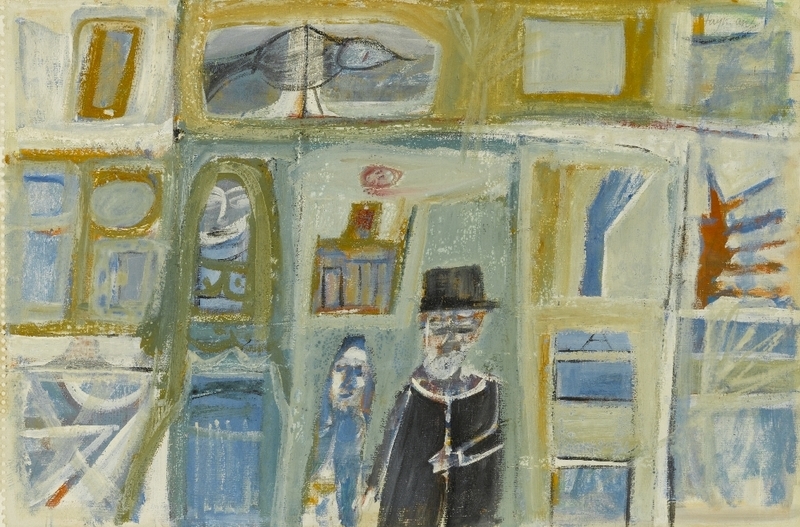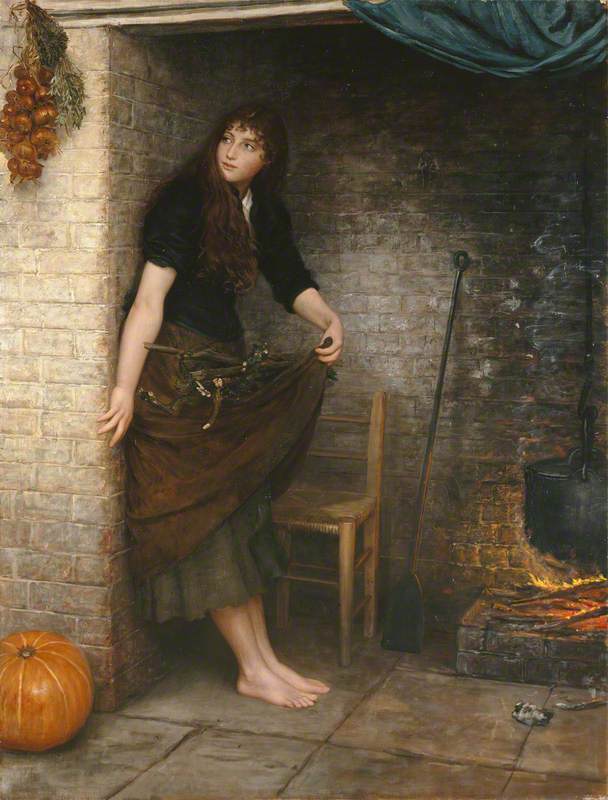The Riders of the Sidhe (pronounced Shee) is John Duncan's masterpiece. It is an iconic image of the late nineteenth-century Celtic revival – a movement that evoked the ancient cultural identities of Scotland and Ireland.
Remarkably, it was Duncan's first major work in the challenging medium of tempera. His adoption of tempera demonstrated his admiration for Renaissance painting but there was a major drawback for his family. His experiments with tempera combined coloured pigment with egg yolk and mastic varnish. Not only did the house stink but, his daughter Bunty recalled: 'We ate meringues for breakfast, lunch and dinner.'
In Celtic myth, the Sidhe are fairy folk. They are shown in procession, riding out on the May festival of Beltane to initiate mortals into their faith. Duncan intended the pose and expression of each rider to reflect the qualities of the Celtic symbol they carry. From left to right: the tree of life denotes wisdom; the grail cup love; the sword symbolises strength and power; and the stone (or crystal) of quietness is hope, as it reflects the past and the future.
Duncan's talent was to blend many sources to create a modern depiction of an ancient culture. The sword has similarities to bronze age examples – we know that he studied illustrations from museum collections. The shield is inspired by the British Museum's Battersea Shield. His steed's mask is based on the iron age pony cap from Torrs in the National Museum of Scotland. The painting also reveals Duncan's study of Italian Renaissance artists, and he acknowledged the drapery of Edward Burne-Jones' King Cophetua and the Beggar Maid as an inspiration.
The painting was exhibited at the Royal Scottish Academy in 1911 and was the only one of the Dundee-born painter's Celtic revival paintings sold during his life. It was presented to the gallery's nationally recognised fine art collection in 1912 by businessman, politician and philanthropist J. Martin White, and has remained on almost permanent display ever since.
Anna Robertson, Fine and Applied Art Manager, Leisure and Culture Dundee
Enjoyed this story? Get all the latest Art UK stories sent directly to your inbox when you sign up for our newsletter.
